¡Bienvenidos! We are back on our fascinating journey through the vibrant city of Lima, Peru. A city teeming with history, culture, and gastronomic wonders. It is an enticing maze of unique neighborhoods with distinctive flair and charisma.

Today, we continue our exploration, delving deeper into the city’s captivating blend of old-world charm and modern delights. So, let’s set off on another thrilling excursion across the stunning avenues and hidden gems in Lima’s Historic Center. ¡Vamos!
Free Walking Tour
In our Lima Historic Center visit, we chose to go with the Free Walking Tours offered online. This tip-based service provides an immersive city tour steeped in local knowledge and firsthand experiences. As we ambled along bustling streets and quiet alleys, our guide, who is a passionate local who lives and work in the city, shared a wealth of information, breathing life into the storied architecture, historical landmarks, and the rich tapestry of culture that permeates Lima.
Historic Centre of Lima
Lima Centro, or Cercado de Lima, is the historic district of Lima, Peru. Its well-preserved colonial architecture characterizes it, representing the richness and grandeur of Lima’s past. The community is home to several notable landmarks, including the Plaza Mayor, surrounded by the Government Palace, the Cathedral of Lima, the Archbishop’s Palace, and the Municipal Palace.
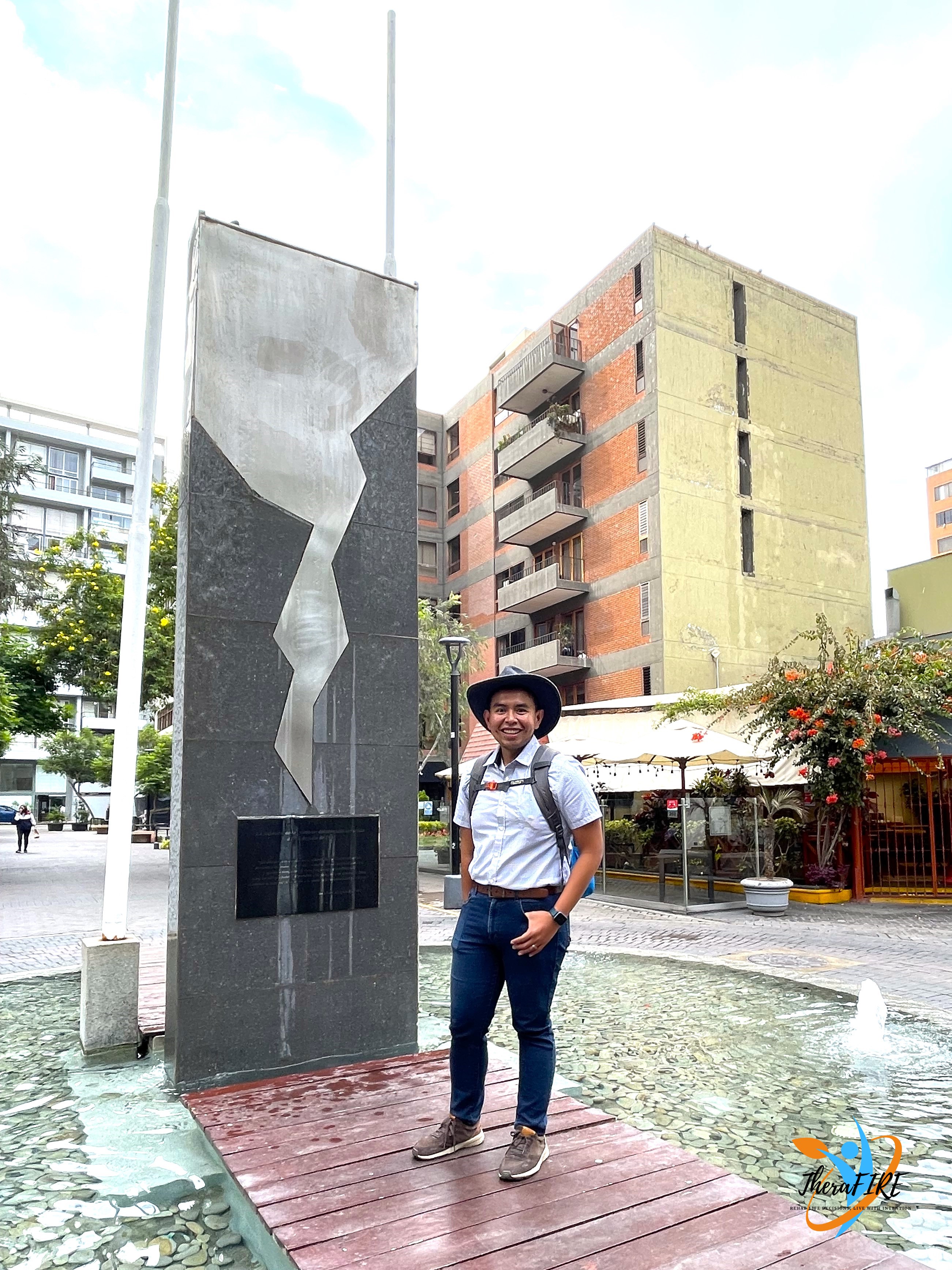
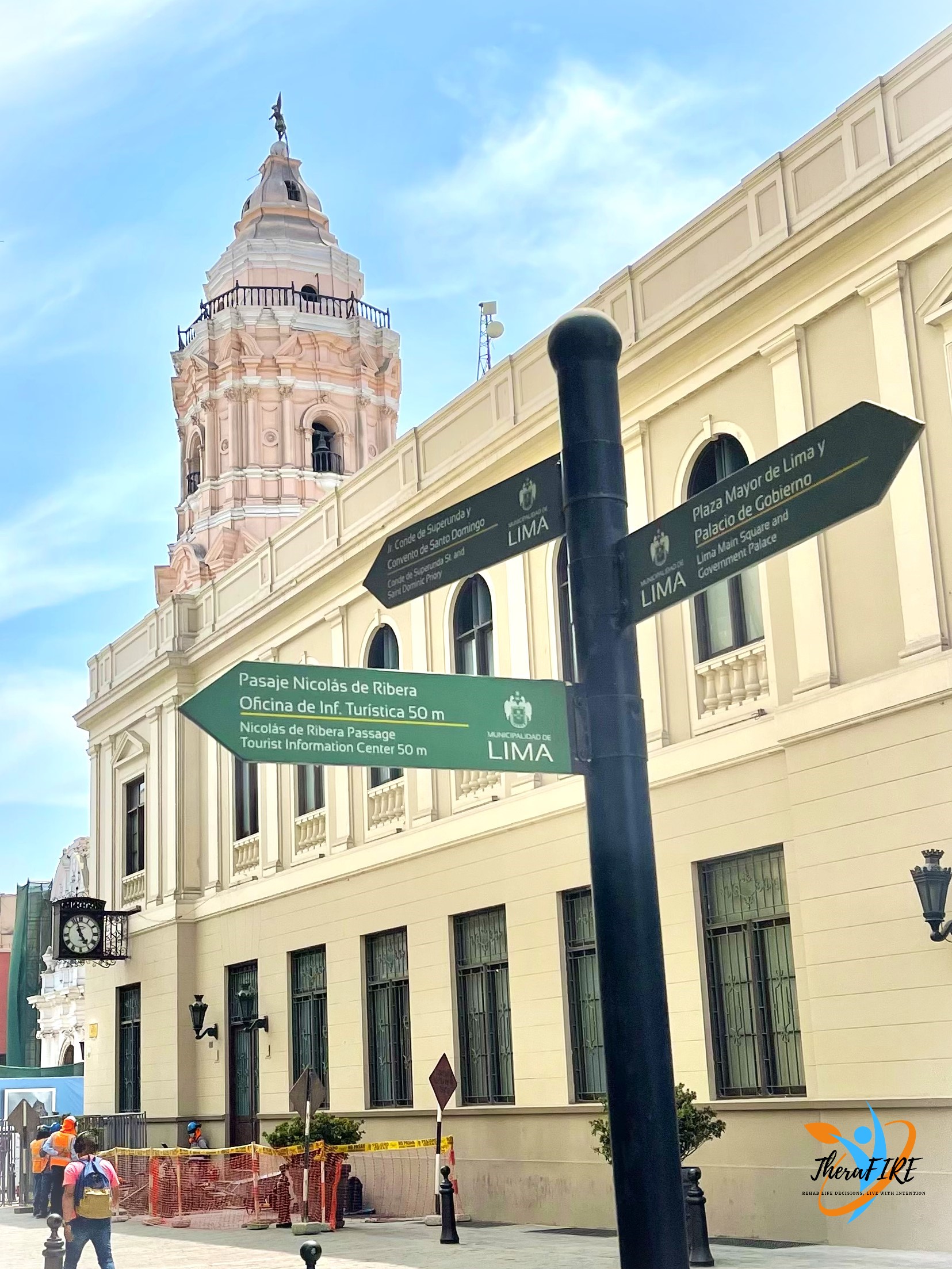
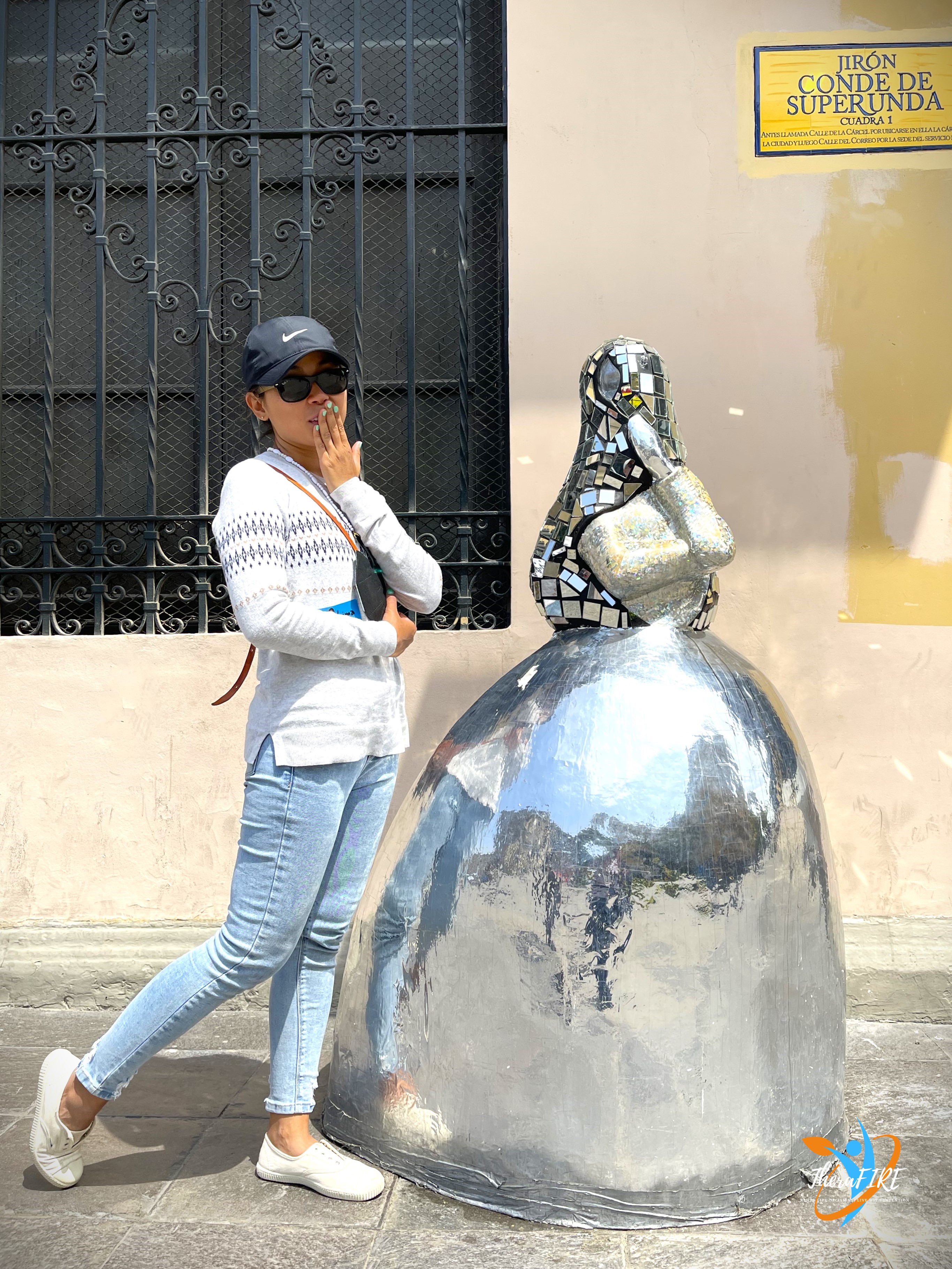
The district was declared a UNESCO World Heritage Site in 1988 due to its cultural importance and historical value.
Plaza San Martin
We started our guided tour in the Plaza San Martin, one of Lima’s most essential and iconic public spaces. It was inaugurated in 1921 to commemorate the 100th anniversary of Peru’s independence from Spain. We learned that the square was named in honor of José de San Martin, the Argentine general who played a crucial role in liberating Peru and other South American countries from Spanish rule.
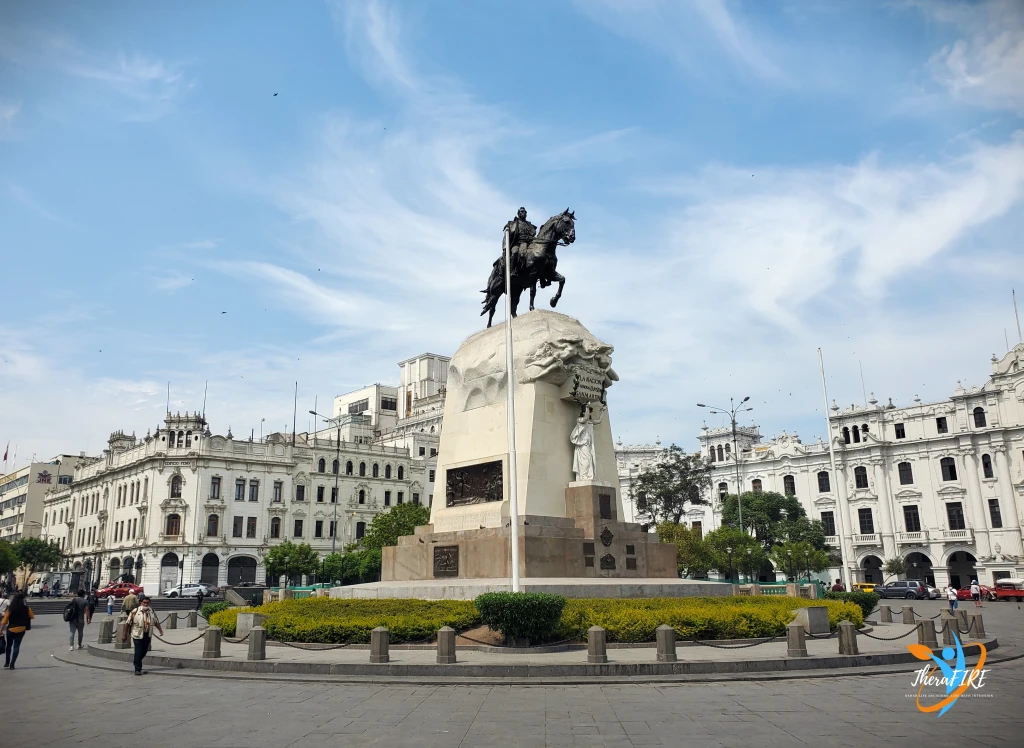
The plaza is surrounded by architectural gems from the early 20th century, including the Teatro Colón and the Gran Hotel Bolivar. Its vast, open space, elegant design, and beautiful buildings surrounding it make it a favorite spot for locals and tourists alike. It’s also famous for public gatherings, celebrations, and protests.
Jirón de la Unión
Jirón de la Unión is a historic street that stretches from Plaza de Armas to Plaza San Martín. During the Spanish colonial period and well into the 20th century, Jirón de la Unión was considered one of Lima’s most prestigious and bustling avenues, home to luxurious mansions, shops, and theatres.
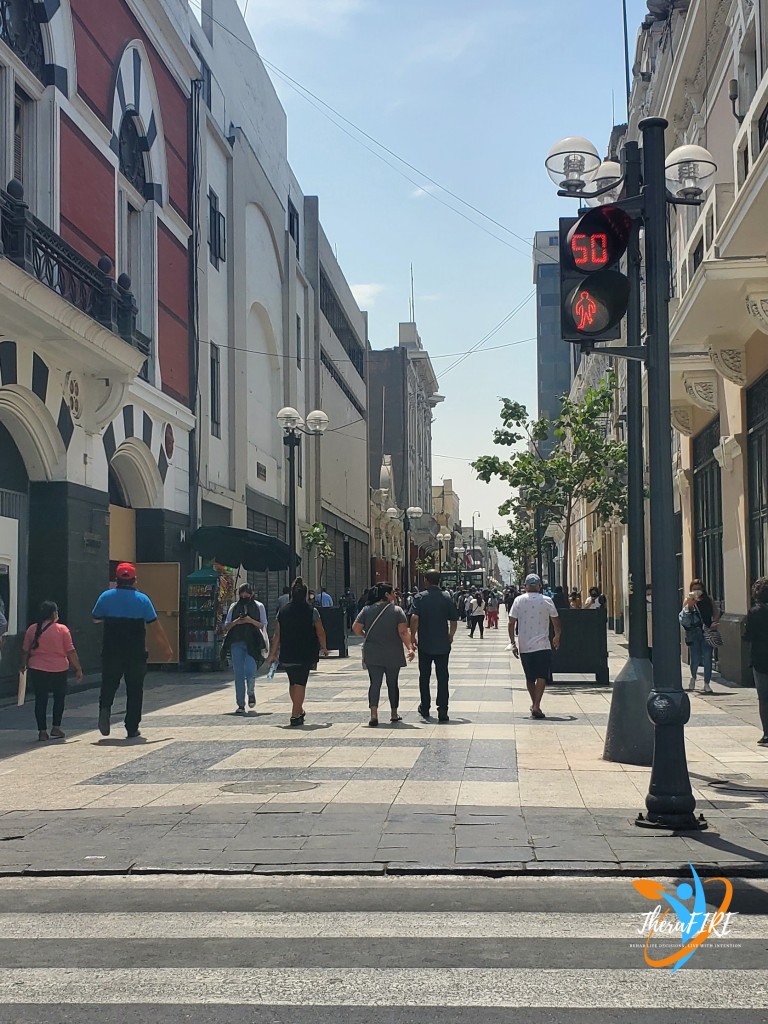

Today, Jirón de la Unión is a pedestrian-only street lined with shops, restaurants, cafés, and historical buildings, making it a popular place for locals and tourists alike to walk, shop, and dine. Some buildings maintain their beautiful colonial and Republican-era facades, offering a glimpse into Lima’s rich history.
Iglesia de la Merced
Iglesia de La Merced is a historic church constructed in the 16th century and one of the city’s oldest and most important churches.
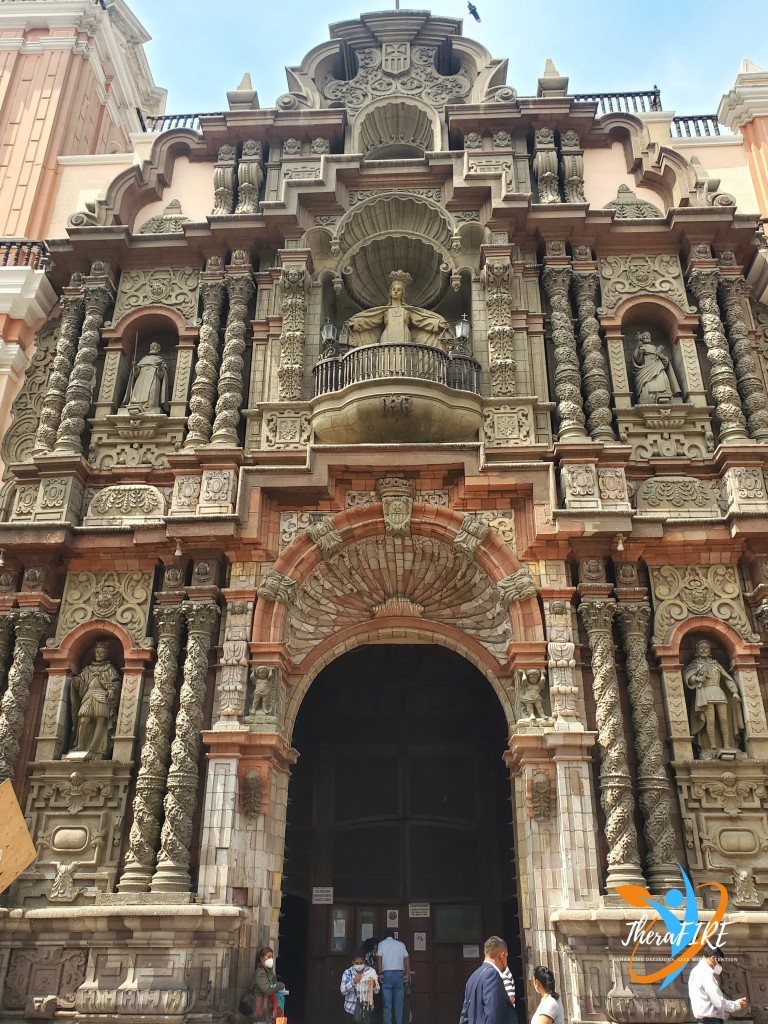
One of the highlights of the church is its collection of religious art, including paintings, sculptures, and relics. The church is also known for its procession during the Virgin of Mercy festival, a significant event in Lima’s religious calendar.
Plaza Mayor
Also known as Plaza de Armas, it is considered the city’s birthplace when Spanish conquistador Francisco Pizarro founded it in 1535. The square has been the heart of Lima since the colonial era and has witnessed numerous critical historical events.
The Plaza Mayor is surrounded by some of the city’s most important historic buildings. These include the Government Palace, where the president of Peru resides; the Cathedral of Lima, which houses the tomb of Francisco Pizarro; the Archbishop’s Palace and the Municipal Palace, which is the city’s town hall.
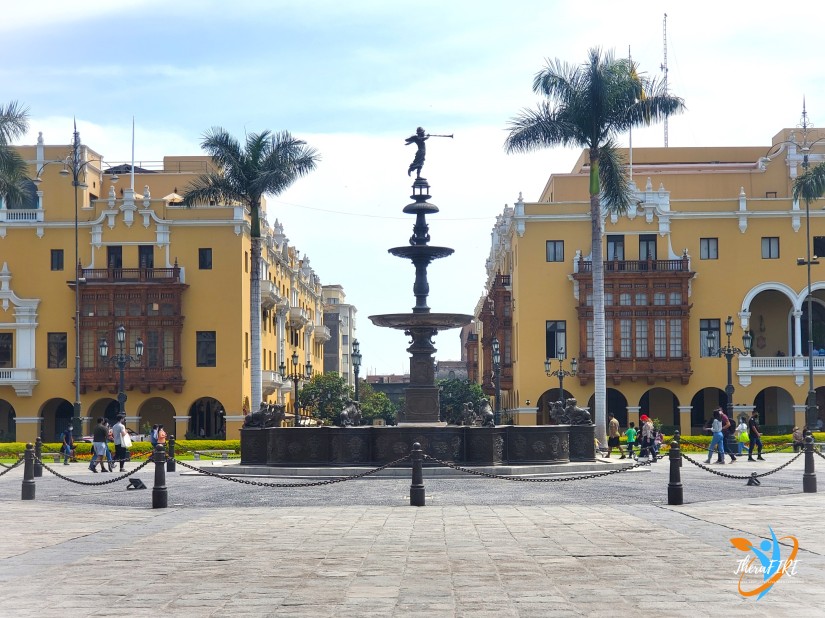
Plaza Mayor is a must-see destination for any visitor to Lima, providing insight into the city’s colonial past and serving as an example of Spanish colonial architecture.
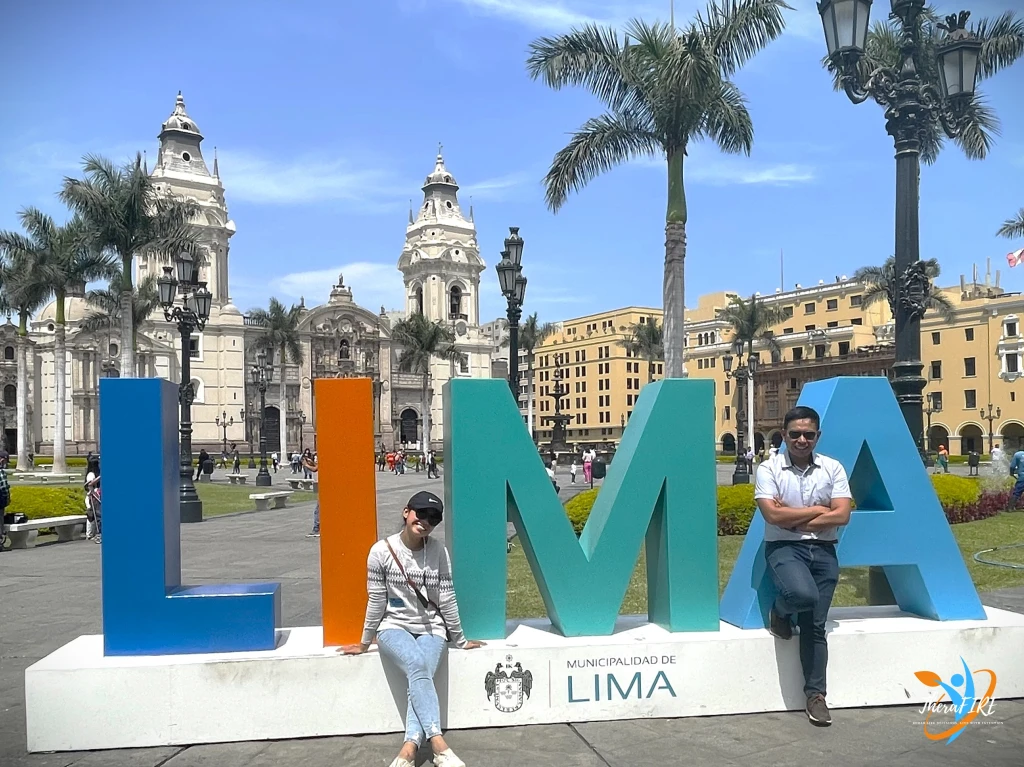
Catedral de Lima
The Cathedral of Lima is a Roman Catholic cathedral located southeast of the Plaza Mayor. Construction began in 1535, and the cathedral underwent many rebuilds and transformations over the centuries due to devastating earthquakes, a common occurrence in Peru. The current building dates mainly from the 18th century.
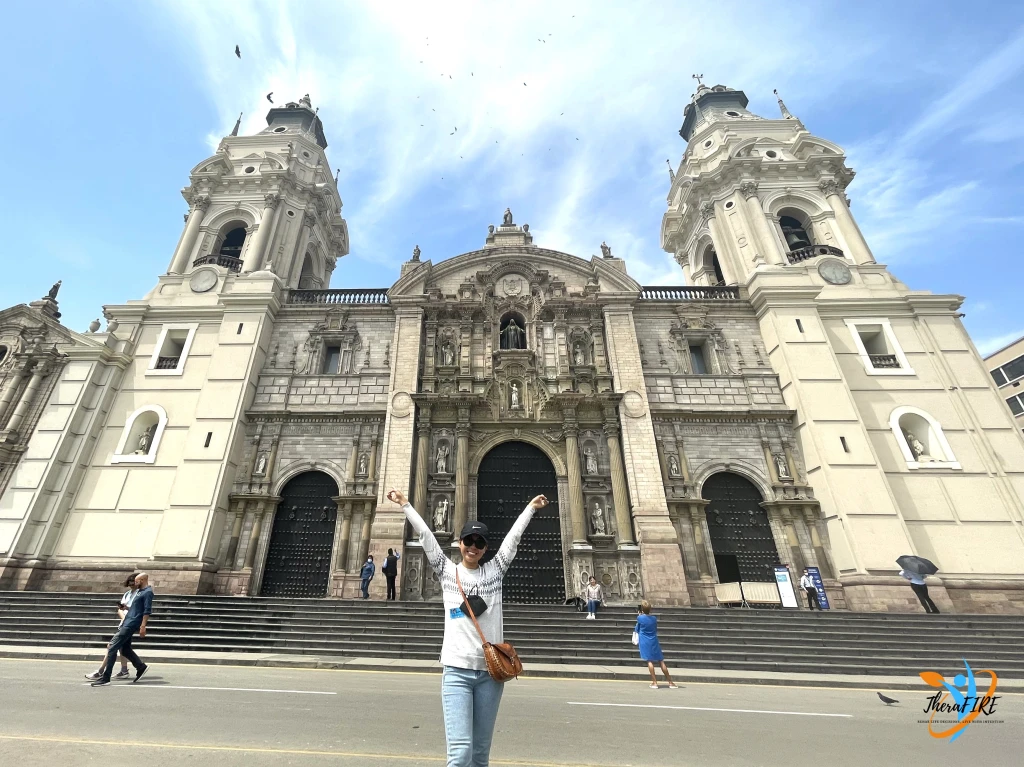

The cathedral contains the tomb of the Spanish conquistador Francisco Pizarro. It features an extensive collection of artworks, including a notable series of large paintings of the Via Crucis along the cathedral’s nave.
Visitors to the Cathedral of Lima can appreciate its beautiful architecture, learn about its history and the history of Lima, and gain insight into the religious traditions of Peru. It remains an active place of worship, and regular masses are held in Spanish.
Palacio Arzobispal de Lima
The Archbishop’s Palace of Lima is located on the northeastern side of the plaza. This building serves as the residence of the Archbishop of Lima and the administrative headquarters of the Roman Catholic Archdiocese of Lima.
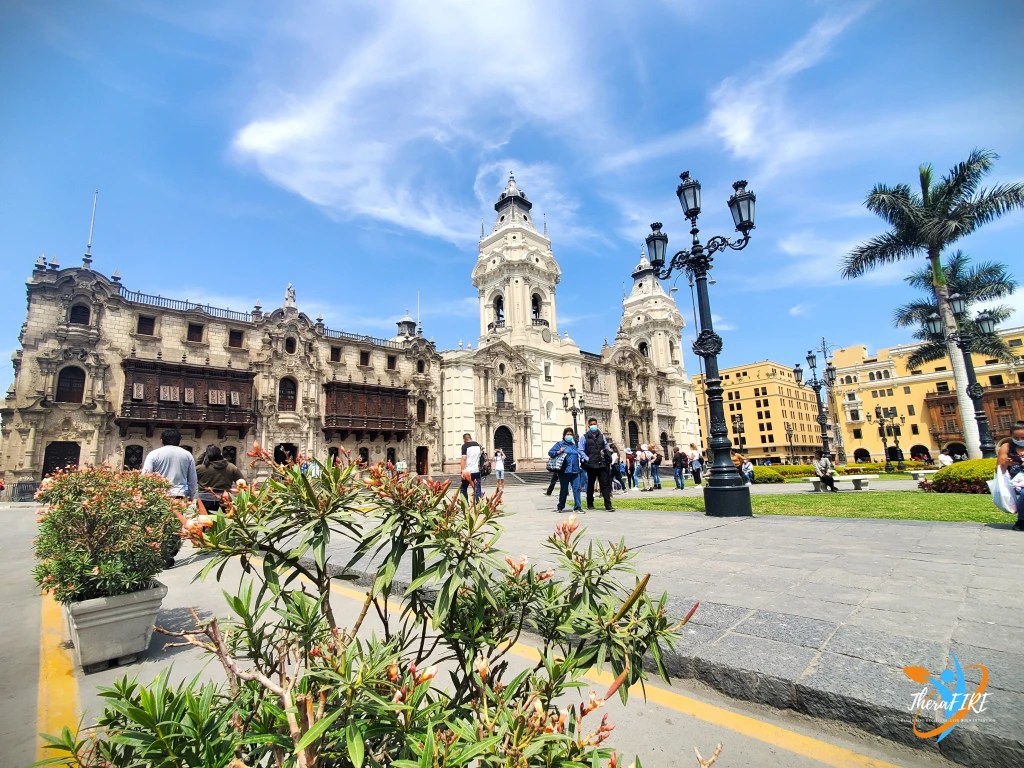
Its facade, adorned with intricately carved wooden balconies, is most recognized in Lima. These balconies are distinctive for their fine craftsmanship and intricate detailing, a characteristic feature of Lima architecture.
Palacio Gobierno del Perú
The Government Palace, also known as the House of Pizarro, is the official residence and office of the President of Peru. Our guide also said that it is where the president lives and pretends to work. Kidding aside, the original building was constructed in 1535 as the residence for Francisco Pizarro. However, the palace has been rebuilt and renovated multiple times over the centuries. The current structure is a product of the French Baroque style remodeling in the 1930s.
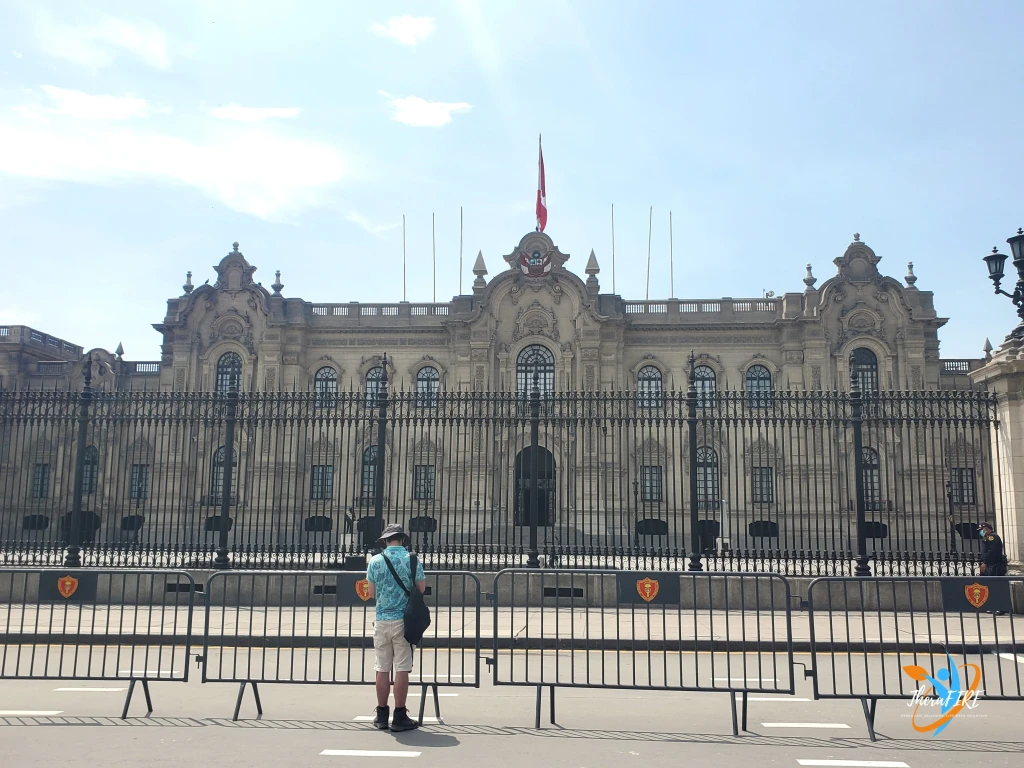
The palace has witnessed many crucial events in the history of Peru, and it continues to be used for state functions, including official meetings with international dignitaries.
Palacio Municipal de Lima
The Municipal Palace of Lima, or Lima City Hall, is located on the west side of the Plaza Mayor. This building serves as the headquarters of the Metropolitan Municipality of Lima, which is the governing body for the city.

Like many of the structures surrounding the Plaza Mayor, the Palacio Municipal has been rebuilt and renovated several times due to damage from frequent earthquakes, the current building was constructed in the mid-20th century, replacing the previous building destroyed by an earthquake in 1940.
Casa de la Literatura Peruana
The House of Peruvian Literature is an emblematic cultural institution in Lima. Nestled in the heart of the historic center, this museum was founded in 2009 with a mission to promote Peruvian literature, and in doing so, it has become a haven for literature enthusiasts and curious minds alike.
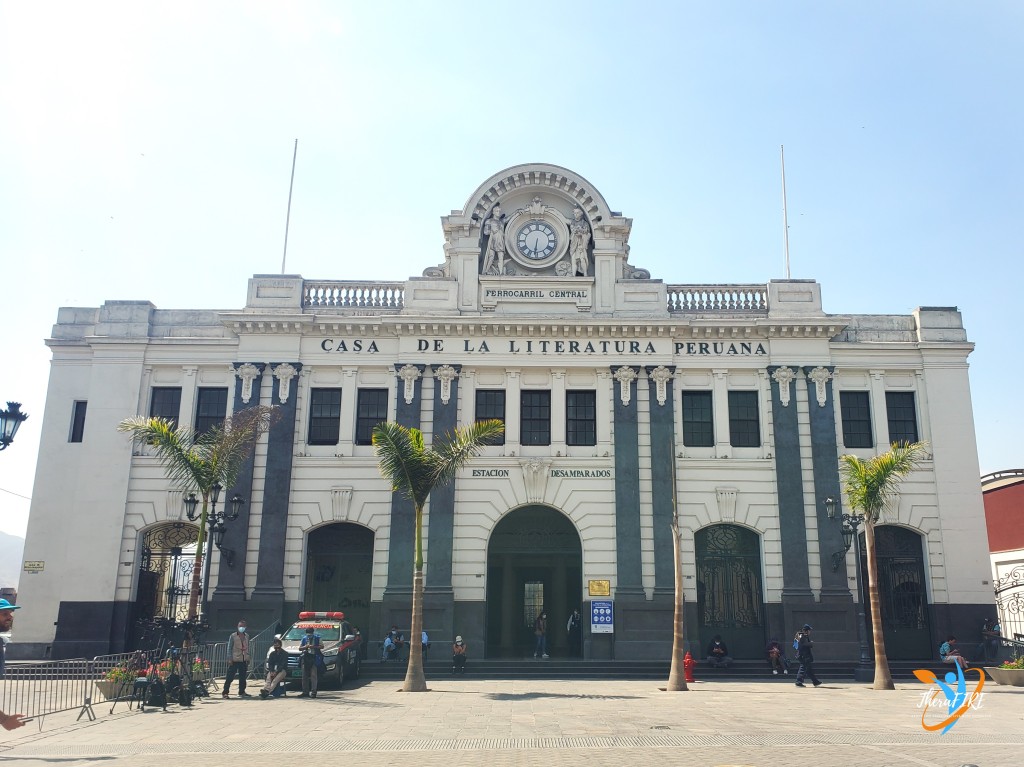
Housed in the historic and beautifully restored old Desamparados Train Station, the Casa de la Literatura Peruana is much more than just a museum. It serves as a library, research center, exhibition hall, and venue for lectures and workshops.
Iglesia de San Francisco de Así
The Church of Saint Francis of Assisi is one of Lima’s most iconic and historically significant landmarks. It is renowned not just for its architectural beauty but also for its intricate catacombs, which house the remains of an estimated 25,000 individuals.

The church dates back to the late 17th century and is an impressive example of Spanish Baroque architecture. The stunning exterior is complemented by an equally impressive interior adorned with a beautiful main altar decorated with fine woodwork and overlaid with gold leaf.
The most intriguing feature of the church, however, lies underground. A visit to the catacombs offers a glimpse into Lima’s past, where these served as burial sites until the end of the 18th century. A labyrinthine network of tunnels lined with bones and skulls provides a somewhat eerie yet fascinating exploration beneath the church.
Chinatown
The Chinatown in Lima is a vibrant neighborhood bustling with activity and brimming with a rich blend of Chinese and Peruvian cultures. Established in the late 19th century with the arrival of Chinese immigrants, Barrio Chino is one of the oldest and most established Chinatowns in the Western Hemisphere.
Situated near the historic center of Lima, the area is easily recognizable by the striking red arch, the “Capón Street Arch,” which serves as the entrance to this neighborhood. As you walk beneath it, you’re immediately drawn into a world filled with the teasing smells of Asian spices, the colorful sights of lantern-strewn streets, and the sounds of Cantonese mingling with Spanish.

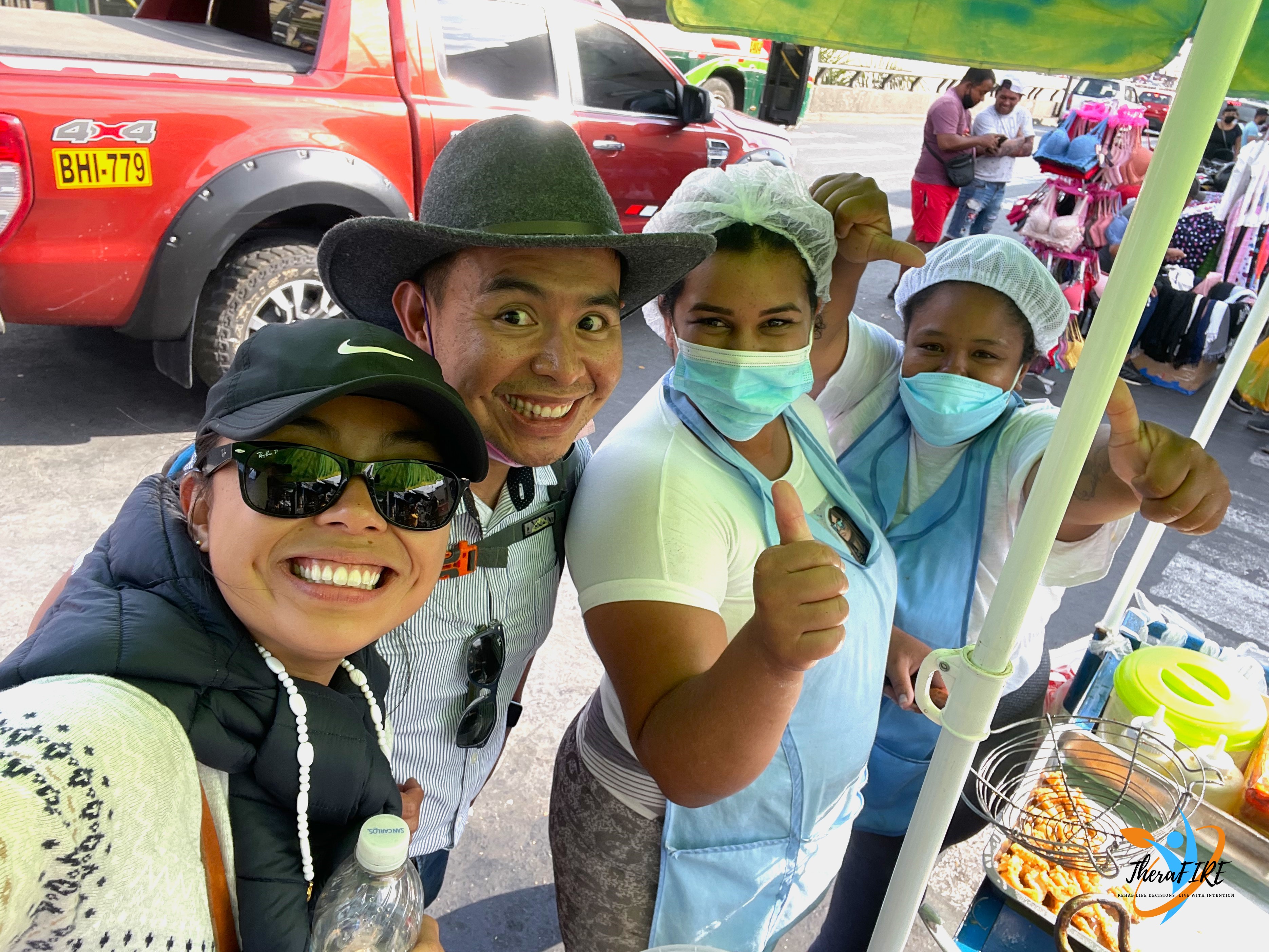
Barrio Chino is perhaps best known for its culinary scene. It is the birthplace of “Chifa” cuisine, a delicious fusion of Chinese and Peruvian flavors in its numerous restaurants and food stalls. We followed our noses (and Google Maps) to one of the city’s best places to get dumplings, Kong Dim Sum. Locals in line with us swear by its authenticity. Despite long wait times, we tamed our grumbling stomachs and powered through. The wait was well worth it!
Circuito Mágico del Agua
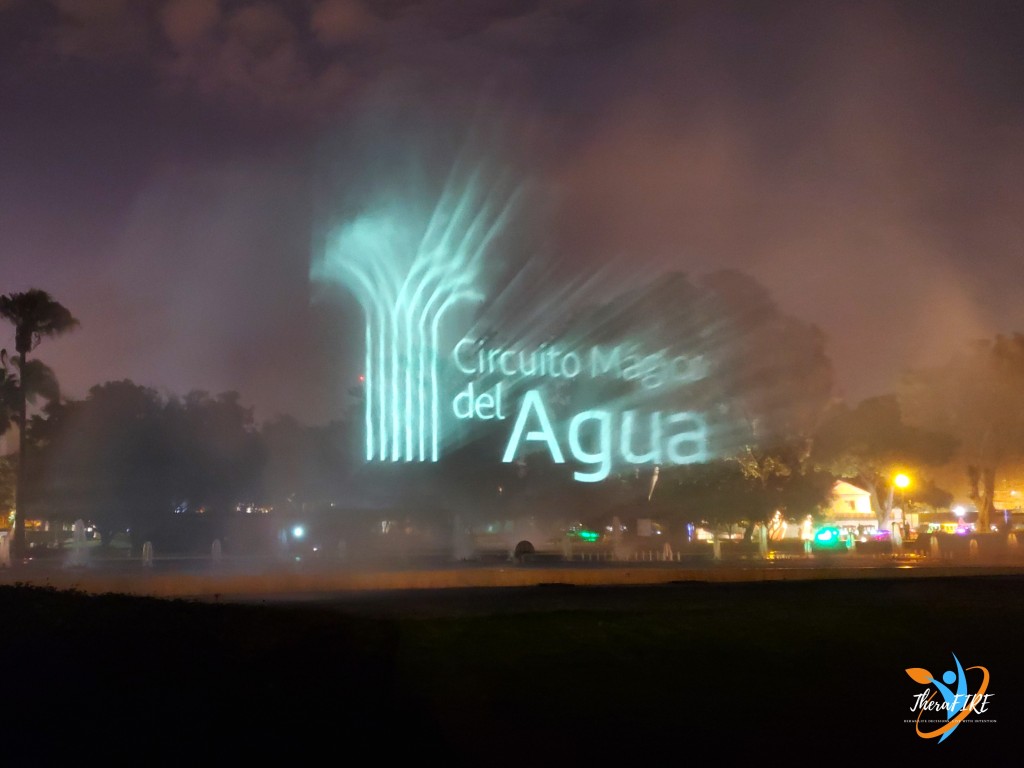
The Circuito Mágico del Agua is one of Lima’s most enchanting attractions, bringing together water, light, music, and color in a unique and dazzling exhibition. The fountains are intricately designed, with water shooting into the air, twisting and turning, forming patterns, and even creating screens onto which images can be projected.
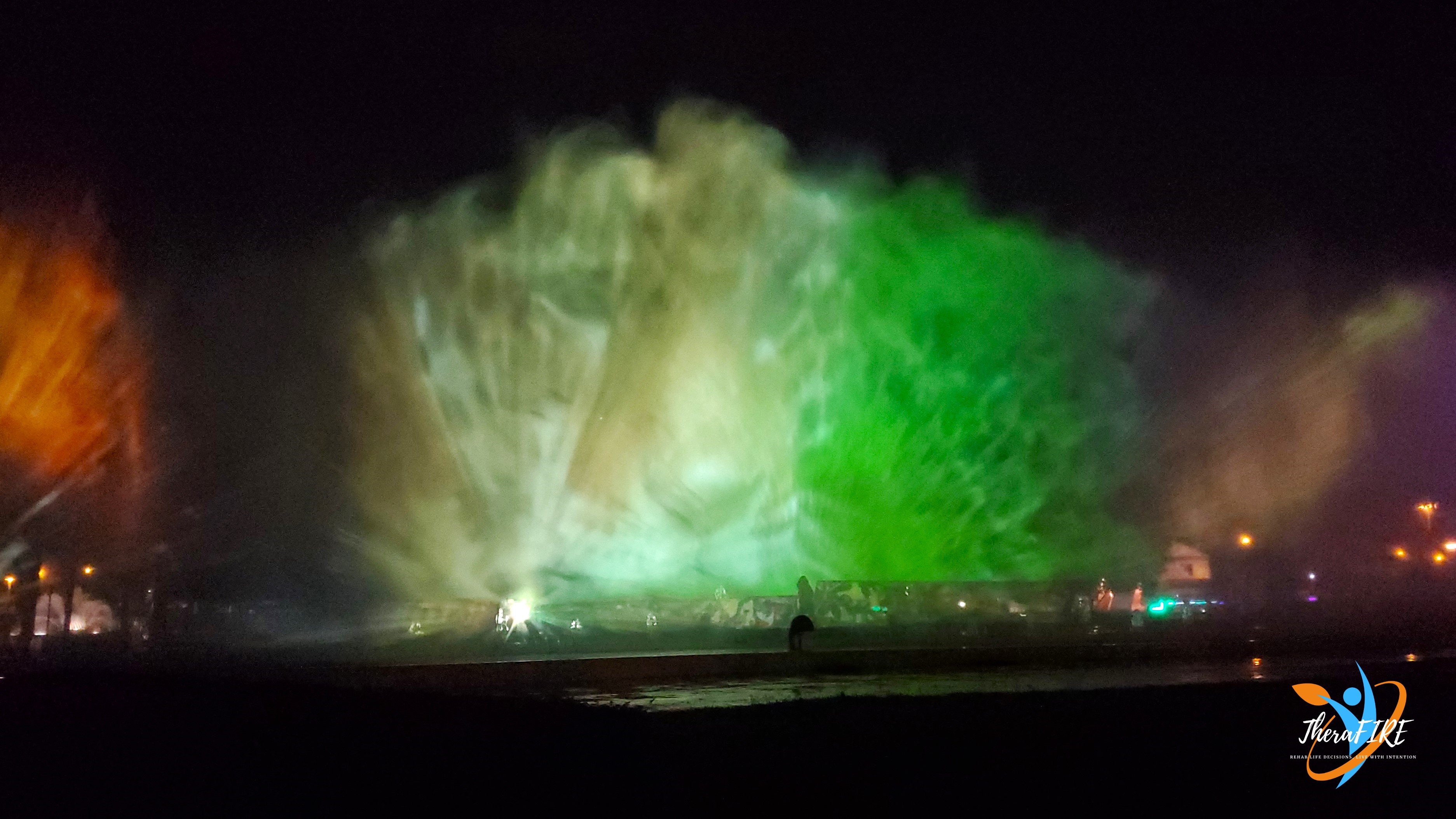


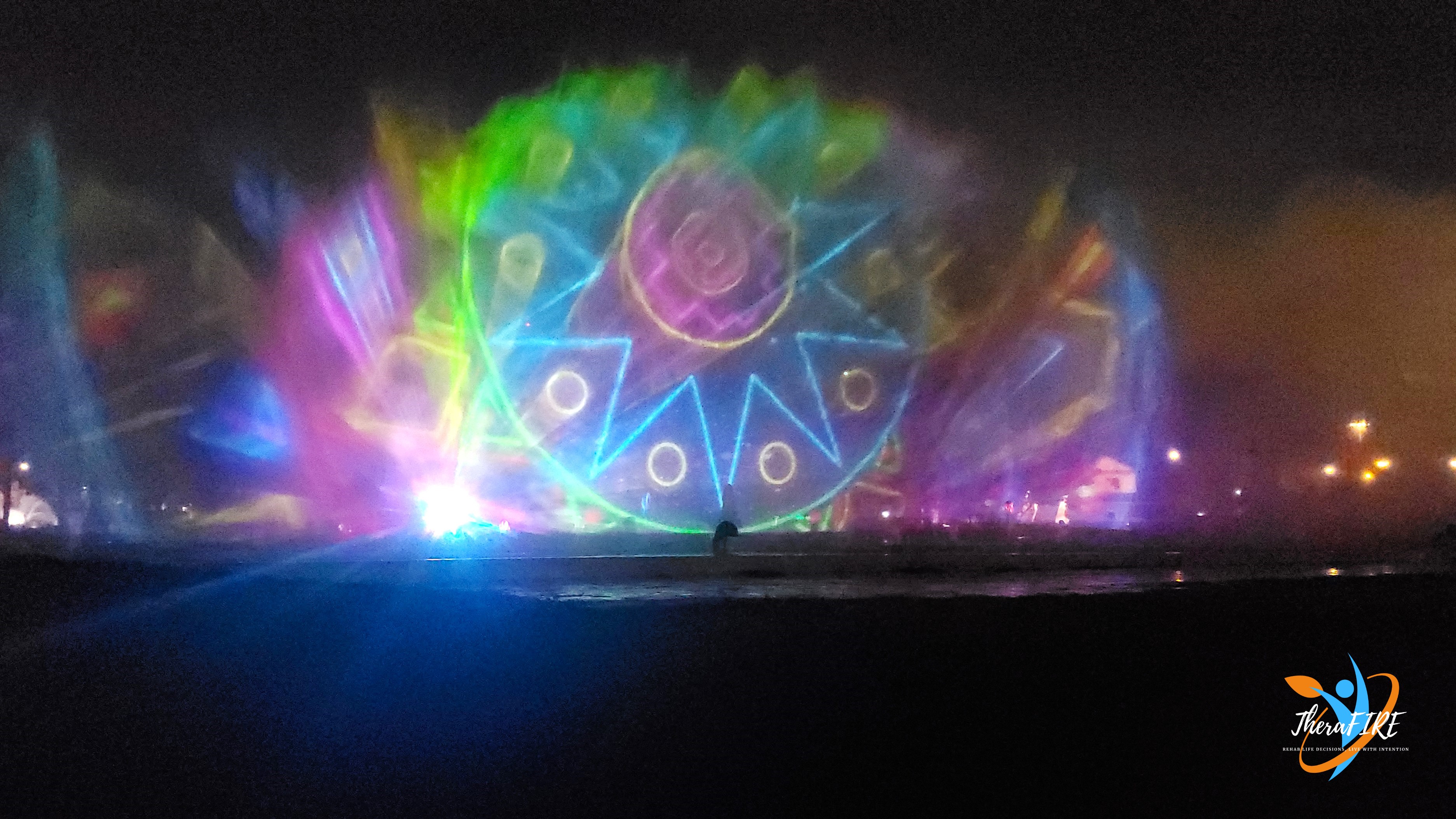
The water displays are brilliantly synchronized with music, and at night, colored lights add a magical dimension to the spectacle, living up to the park’s name.
The park is open daily from 3:00 pm to 10:00 pm, and general admission is 4,00 PEN ($1.09). Highlights include the Fuente Mágica, the park’s largest fountain, which shoots water more than 80 meters high, and the Fuente de la Fantasía, which hosts a regularly scheduled water and laser show. (Visit the website for the schedule of shows.)
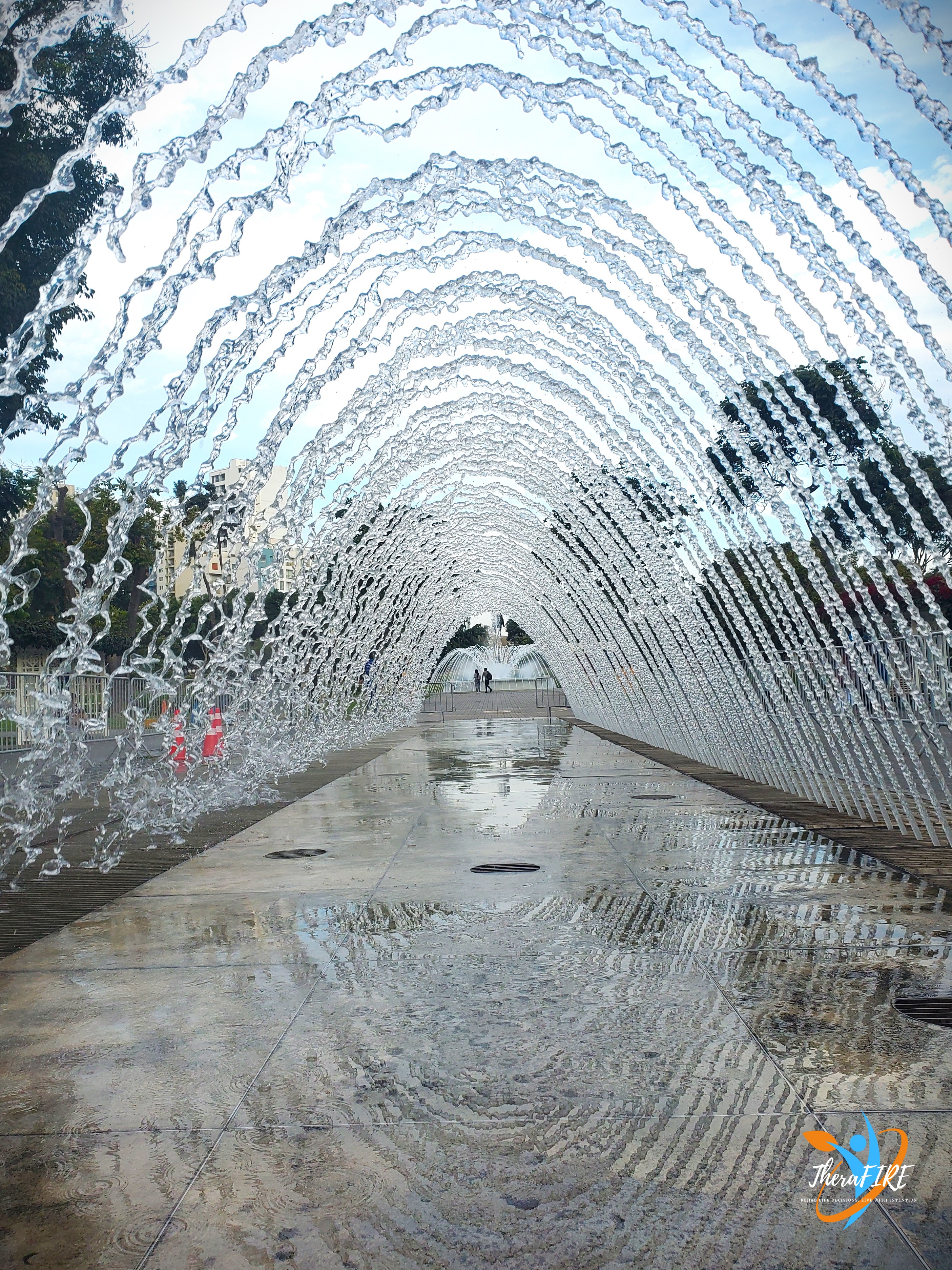
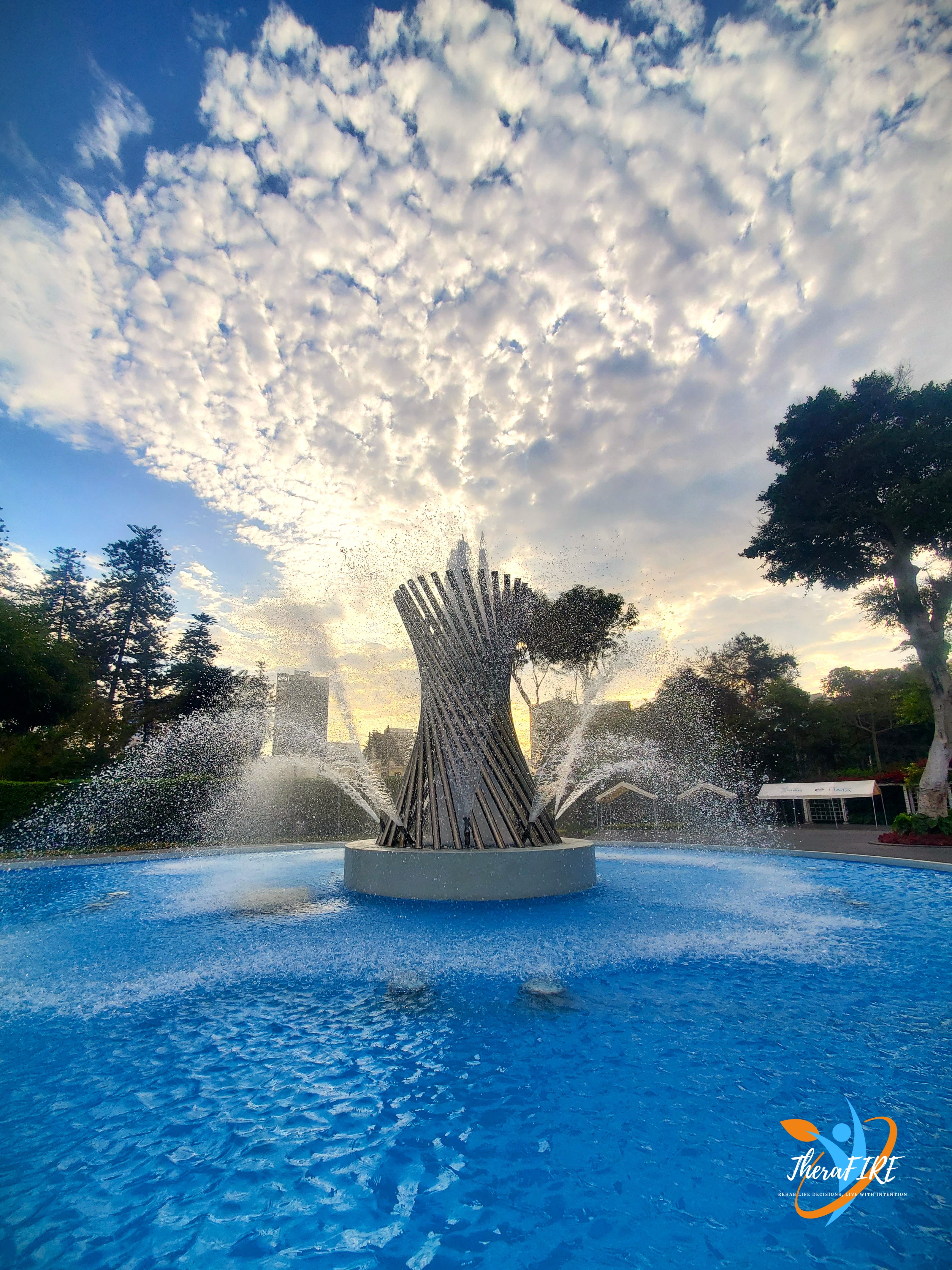
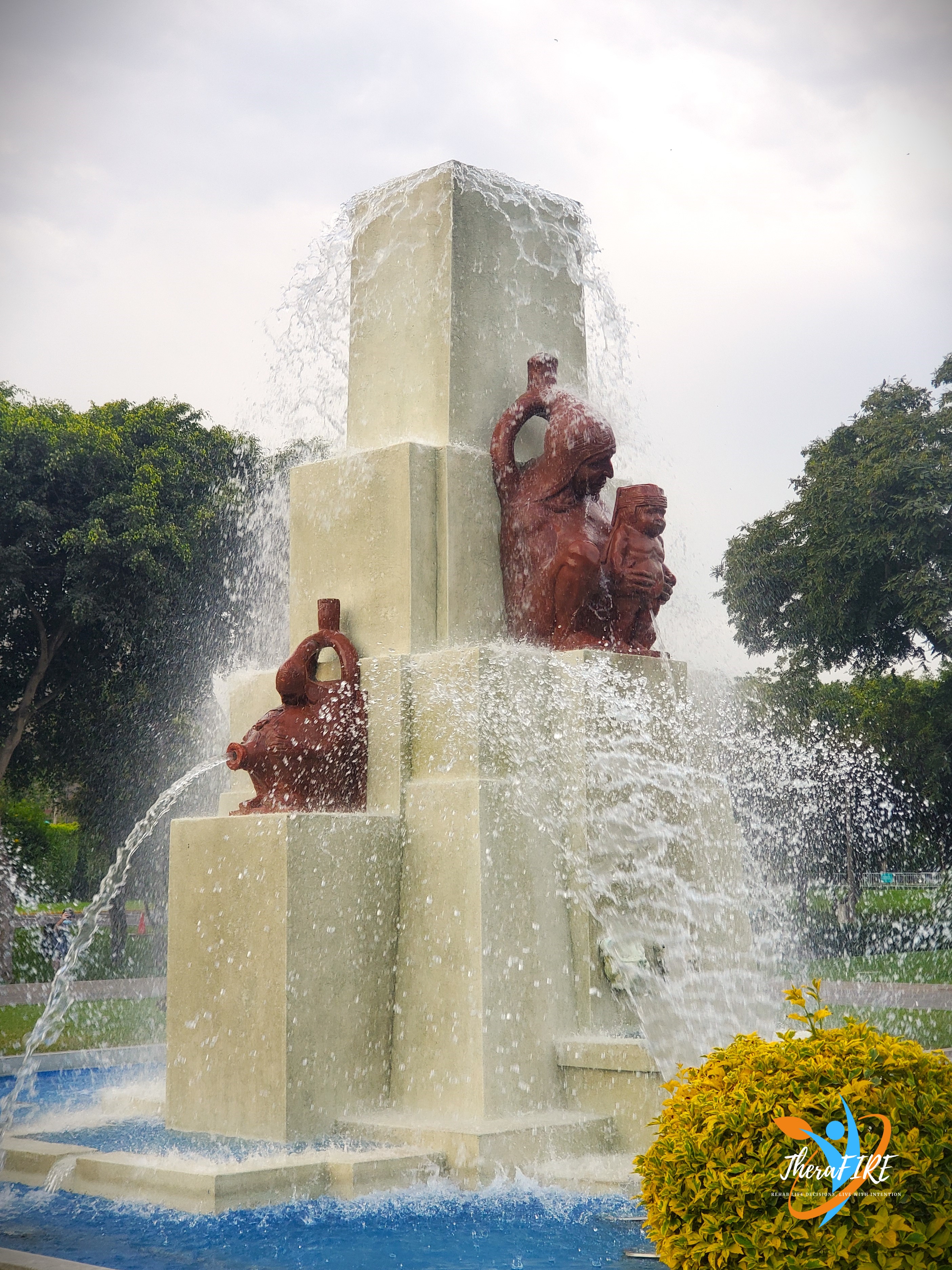
The Fuente Túnel de las Sorpresas allows visitors to walk through a water tunnel, while the Fuente Laberinto del Ensueño invites visitors to wander through a maze of water walls.
We arrived at the park at 3:00 pm after a 30-minute walk from Chinatown. Even though the fountains were operational, the park was relatively calm then. Most visitors prefer to time their visit to see the illuminated fountains and laser performances at night, so the park usually gets crowded as sunset approaches. To get the best view of the spectacle, securing a viewing spot by the Fuente de la Fantasia is recommended once it gets dark. If you miss a performance, don’t worry, as there are multiple shows throughout the night.
Unmasking Lima
Our expedition through the historic center of Lima has proven to be a truly enriching experience. The day trip has uniquely blended Peru’s rich history, multicultural influences, and modern innovations, ultimately showcasing Lima’s vibrant diversity.
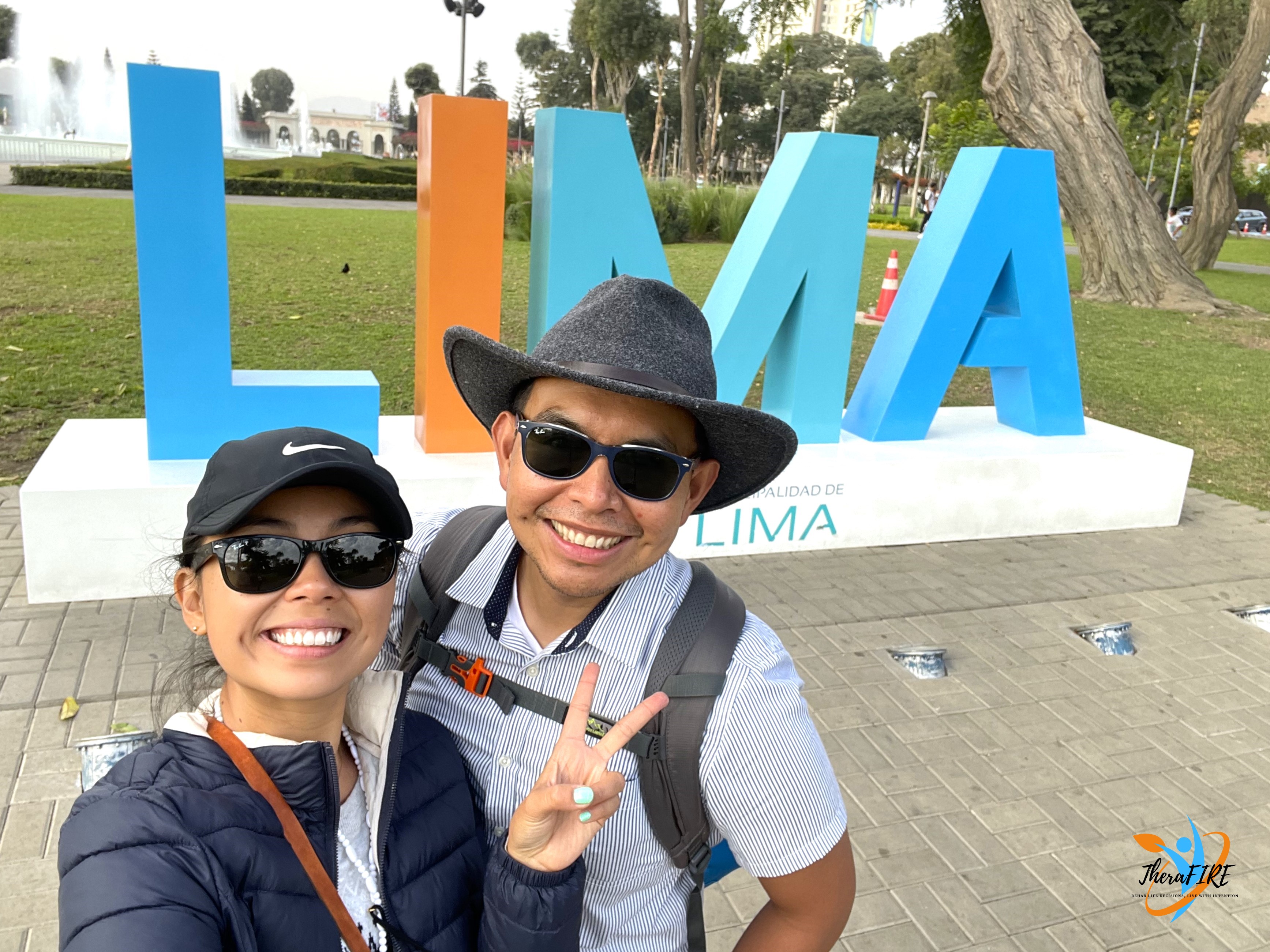
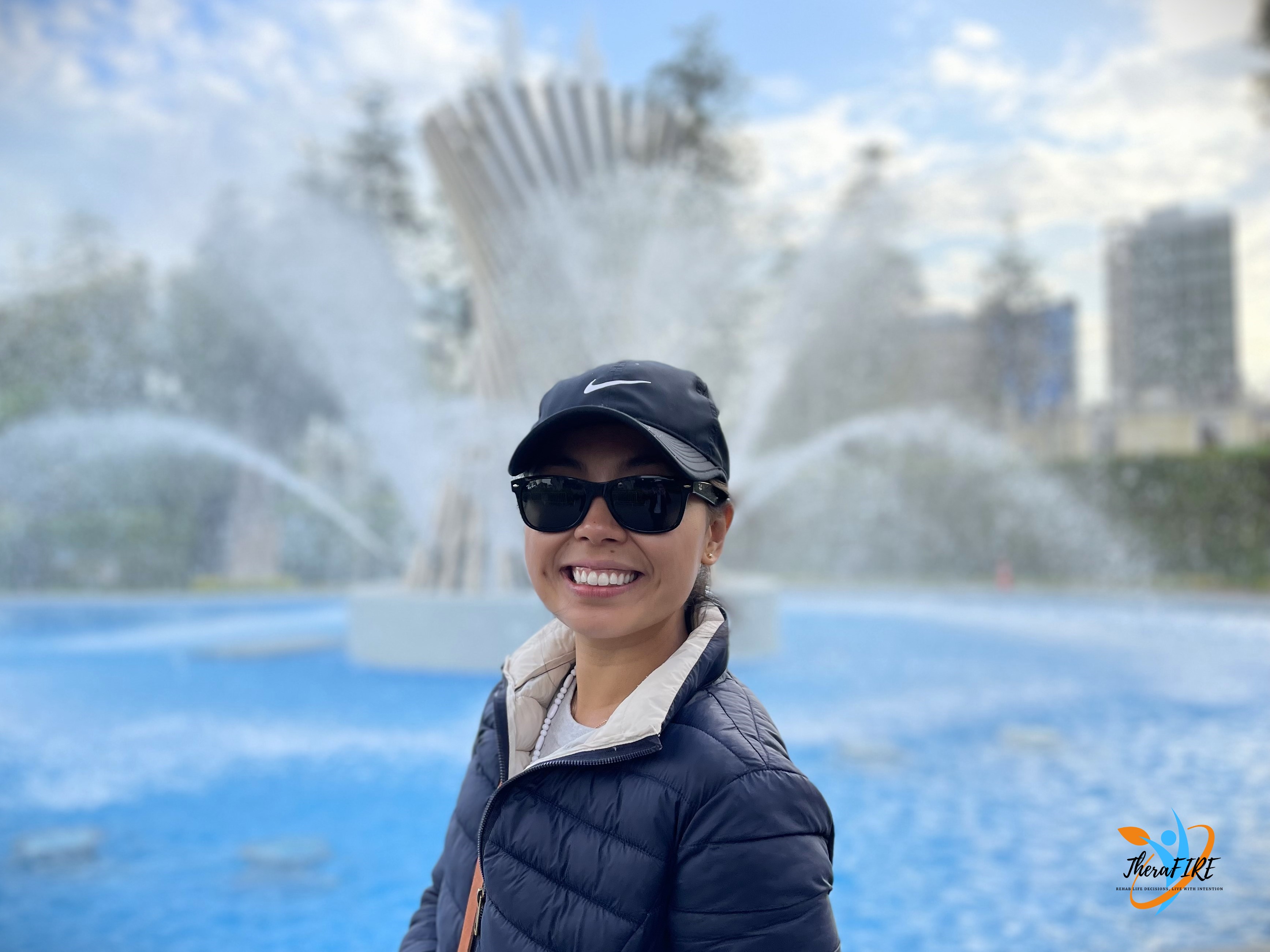

The Historic Center of Lima reminded us of the city’s storied past, revealing stunning architectural marvels and a sense of timelessness that’s as compelling as it is humbling. Whether you’re a history buff, a foodie, or a curious traveler, Lima truly has something to offer everyone. We can’t recommend this journey enough, as it provides a unique vantage point into the heart of Peru’s capital, bringing you face-to-face with its heritage, people, and spirit.
Trial Retirements are periods we dedicate to travel to beautiful countries to know if they are perfect for us when we eventually retire. The time spent outside work will preview our habits and behaviors when we reach Financial Independence, of course, our way to recharge after months of hard work.
Anything we missed? Questions? Violent reactions? Let us know in the comments below!
Check out our trial retirements in Mexico and Costa Rica! Subscribe and Follow TheraFIRE on our socials!
